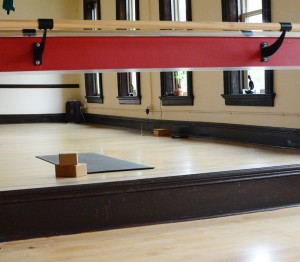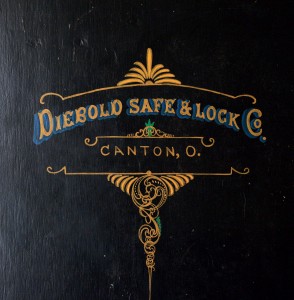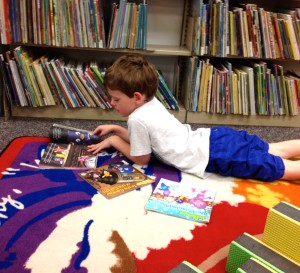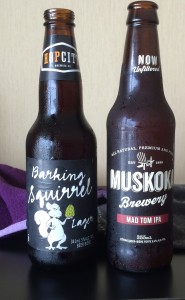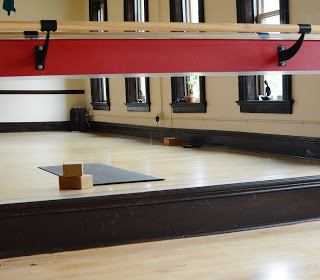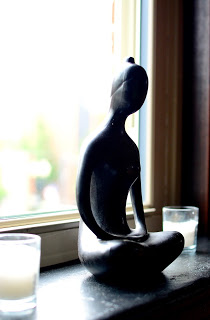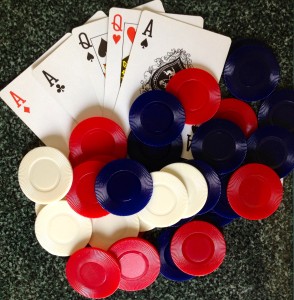Persistence and patience are qualities that every writer needs. Persistence so that you can keep going when others do not understand why you do what you do, patience as you send your work out and wait for a reply. Persistence as you continue to write and submit and edit. Patience as you continue to carve out time to write when you have a job/family/other obligations. Persistence to fight for your time to create.
If you are a writer/creative you have to keep writing, even if is only one sentence, keep moving. Some writers struggle with getting words on the page, and I wrote a post about writer’s block and not having time for it, which you can read here. Making progress and achieving your goals can be achingly slow, and I have written about slow progress here .
As a writer who wants to be published you have to keep writing and submitting your work, you have to keep producing, and you have to keep sending it out there. Why? Because one day you might just get that acceptance letter instead of a rejection, because if you don’t send it out no one will ever read/see/experience your work.
If you are writing and creating just for yourself, with no intention of ever sharing your work with anyone else that is fine, but if you are serious about sharing your work with others you have to be persistent. The flip side of persistence is patience. It is hard to be patient, hard to wait for decisions to be made about your work.
So, what should you do to cope with the time between when you send your work off and hearing back, and how do you cope with rejection if you work is not accepted? Get to work.
Write, create, paint, photograph, throw clay pots, whatever it is that you do creatively, get back to work. Be patient. Be persistent. Keep going.
This week a short story that I wrote was published. It is not the first time I have been published, but this is the first of my fiction that has been published, and that makes it is special. So how did I celebrate? I wrote this piece, and got back to work.
Here is the publisher’s link for the book. I hope that you check it out, the stories are unique and I am very happy to have my work included in this anthology.
Here is the link to Cheyenne Blue’s site for more information and tantalizing bits about the writers included in the this anthology http://www.cheyenneblue.com/
Here is the Amazon link for the book




